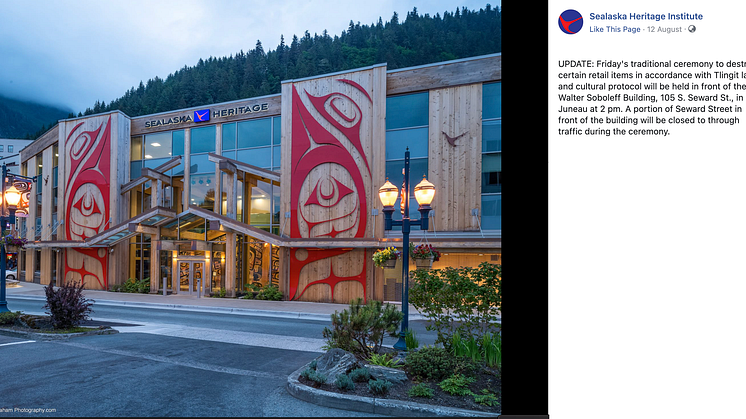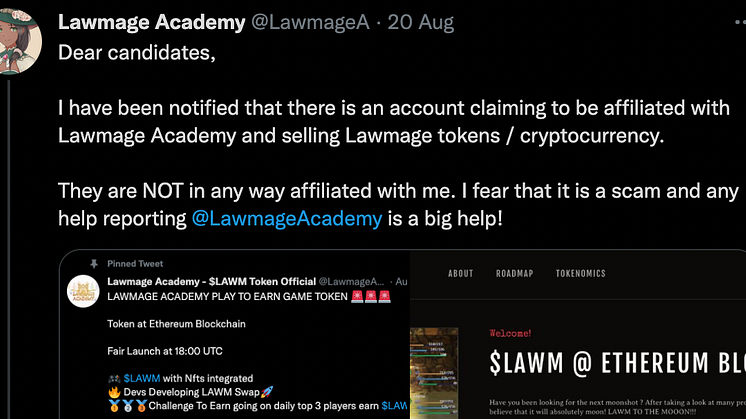Why this community burned a coat created through IP theft
Today’s fashion plagiarist is spoilt for choice. The Internet is flooded with high-resolution images of the latest designs, and catwalk shows are live-streamed on social media.
Meanwhile, pressure is mounting on brands and retailers to cut costs in an increasingly tough market, and design departments are shrinking. As a result, the perennial problem of copying is becoming even more prolific.












